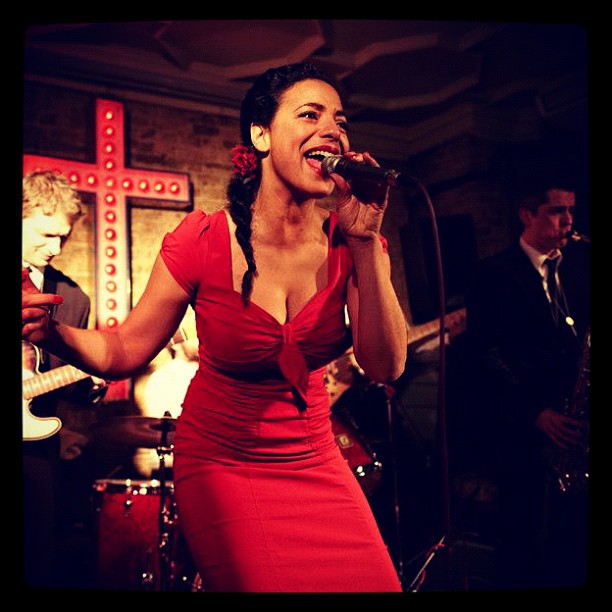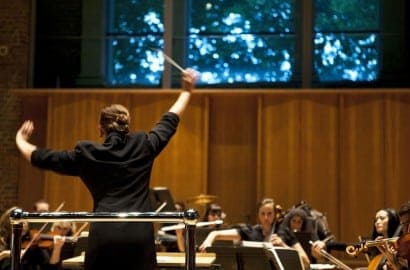Live lecture/performance of BloodLines at the Dana Centre, Science Museum. Thursday July 18th, 7-9pm.
Bloodlines
To book:
Call 020 7942 4040 or e-mail tickets@danacentre.org.uk
The Dana Centre and d.café are licensed premises open only to those aged 18 or over. Most events are free. Arrive early to enjoy a wide variety of delicious food and drink in our air-conditioned d.café.
Please pre-book.

Thursday
18 July 2013
19:00 – 21:00
Diagnosed with Leukaemia, John was given hours to live – but survived thanks to a bone marrow donation. How can ethically sourced stem cells save lives? Experience an immersive and exploratory performance created by a survivor and his donor.
John’s disease, Acute Lymphoblastic Leukaemia, is ‘a deadly disease for which the best available therapy is only applicable to a fraction of patients and is itself potentially lethal’ (Dr Adele K. Fielding, Haematologist UCL). That therapy – a transplant of blood stem cells – is both potentially lethal and life saving. It is also miraculous, mysterious and slightly macabre.
Bloodlines conveys the science and the experience of this last chance treatment in a performance featuring a haematologist, a musical score created from blood cell counts, kaleidoscopic visual effects and dance. Join us in the Dana Cafe after the performance for a discussion with the makers: learn more about stem cells and becoming a donor and about this collaboration between artists and medical scientists.
Bloodlines Team:
Alex Mermikides: stem cell donor and direction
Milton Mermikides: leukaemia survivor and music
Ann Van de Velde: haematologist and performer
Anna Tanczos: videoscape
Adam Kirkham: dance
Bex Law: dramaturgy
More details about Bloodlines can be found here. This event is supported by the Arts and Humanities Research Council.


















